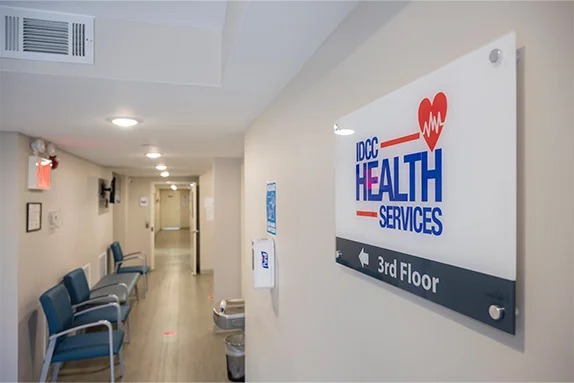Understanding Athlete’s Foot
If you’ve ever experienced itching, burning, or peeling skin between your toes, you may have athlete’s foot, medically known as tinea pedis. This common fungal infection affects millions of people each year and can become quite uncomfortable if left untreated. It thrives in warm, moist environments—like sweaty shoes, locker rooms, or public showers.
While mild cases can sometimes be treated with over-the-counter creams, persistent or recurring infections often require the attention of a doctor for athlete’s foot.
🩺 Which Doctor Should You See for Athlete’s Foot?
The best doctor for athlete’s foot is usually a podiatrist, a foot specialist who can accurately diagnose and treat fungal infections of the feet and nails.
In some cases, you may also visit a:
- Dermatologist – for severe or widespread skin infections.
- Primary care physician – for initial evaluation and general treatment.
At IDCC Health Services, our podiatrists and dermatologists work together to identify the exact cause of your symptoms and design a treatment plan tailored to your condition.
⚠️ When to See a Doctor for Athlete’s Foot
You should schedule an appointment if you notice any of the following:
- Persistent itching, burning, or stinging between the toes.
- Cracked, peeling, or scaling skin that doesn’t heal.
- Redness, blisters, or oozing lesions.
- Thickened, discolored toenails (possible nail fungus).
- The infection spreading to other parts of your body.
Even if your symptoms seem mild, untreated athlete’s foot can worsen or spread to your nails and other areas.
💊 Treatment Options
A doctor for athlete’s foot can provide treatments far more effective than store-bought creams. Depending on the severity, your doctor may prescribe:
- Topical antifungal creams or sprays (stronger formulations).
- Oral antifungal medications for resistant or recurring infections.
- Medicated foot soaks or powders to reduce moisture and bacteria.
- Preventive guidance to stop reinfection.
🧼 Prevention Tips
- Keep your feet clean and completely dry, especially between toes.
- Change socks daily and wear breathable shoes.
- Avoid walking barefoot in locker rooms or public showers.
- Use antifungal powder or spray regularly.
- Don’t share towels, shoes, or socks.
🩺 How IDCC Health Services Can Help
At IDCC Health Services, our experienced podiatrists and dermatologists are dedicated to helping patients overcome foot infections safely and effectively. We offer diagnostic testing, personalized treatments, and preventive education to keep your feet healthy year-round.





Comments